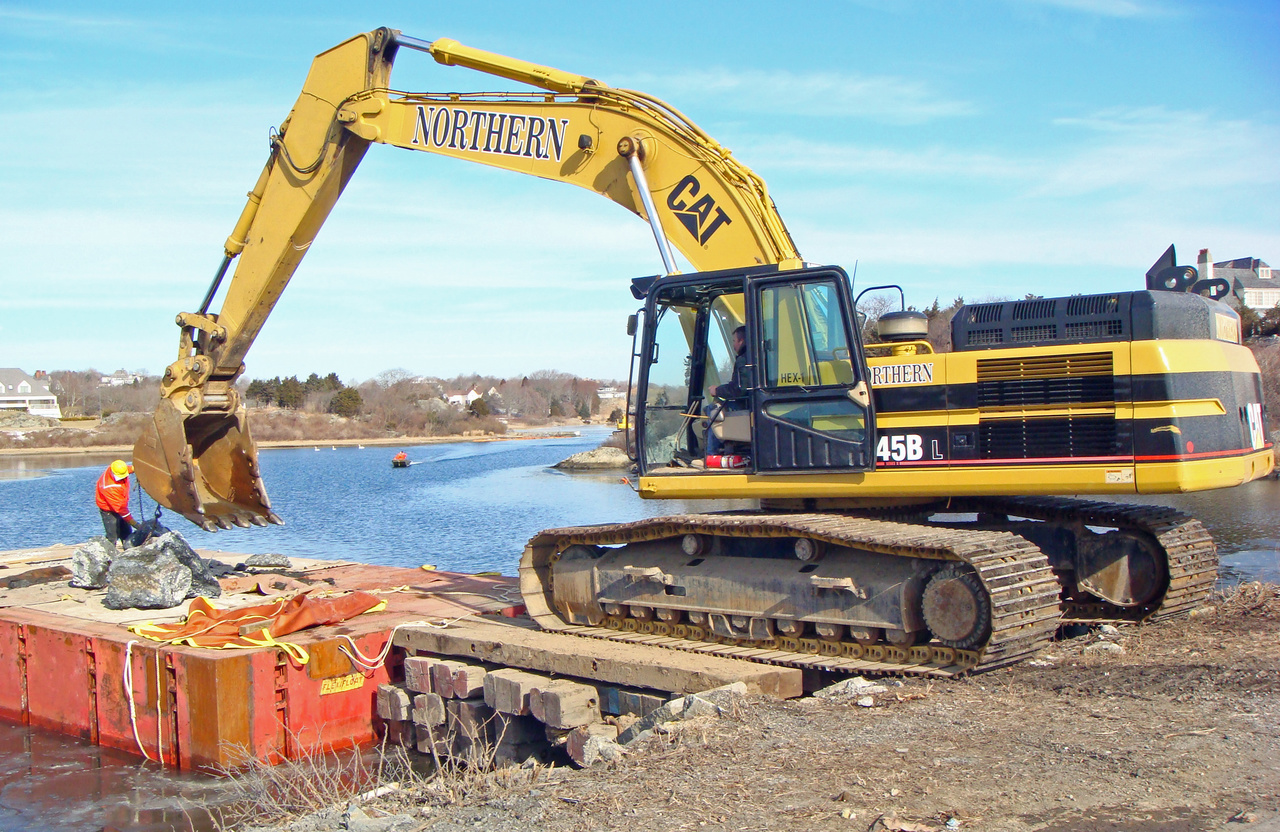Habitat Restoration Supports Jobs, Stewardship
July 15, 2020
“Socioeconomic Benefits of Habitat Restoration,” a technical memorandum from the NOAA Fisheries Office of Habitat Conservation, looks at the socioeconomic and environmental benefits from 125 habitat restoration projects funded through the American Reinvestment and Recovery Act (ARRA) of 2009.
NOAA received $167 million dollars from the Recovery Act to restore coastal areas throughout the country. The primary goals were to restore habitats and stimulate economic growth by supporting “shovel-ready” projects.
Key benefits of these projects include:
- Supporting an average of 15 jobs per $1 million invested (up to 30 jobs per $1 million invested for labor-intensive projects).
- Supporting 2,280 jobs, the majority of which were directly created by Recovery Act funding.
- Restoring 25,584 acres of habitat, opening 677 miles of stream for fish, and removing 433,397 tons of debris from coastal habitats.
- Expending $154.1 million dollars on projects to generate $260.5 million dollars in economic output (sales) annually.
- Contributing $143.7 million dollars in new or expanded economic activity nationwide.
These on-the-ground restoration projects opened historic river habitat, removed marine debris, reconnected tidal wetlands, and restored shellfish and coral reefs. Typical species that benefited include flounder, perch, groundfish, and salmon.
The projects also enhanced a sense of community-level stewardship toward the restored habitats.
Read the full memorandum for additional information, including case studies of several restoration projects. See our factsheet for a summary (PDF, 2 pages).
Originally Posted July 28, 2017
Last updated by Office of Habitat Conservation on March 20, 2020






